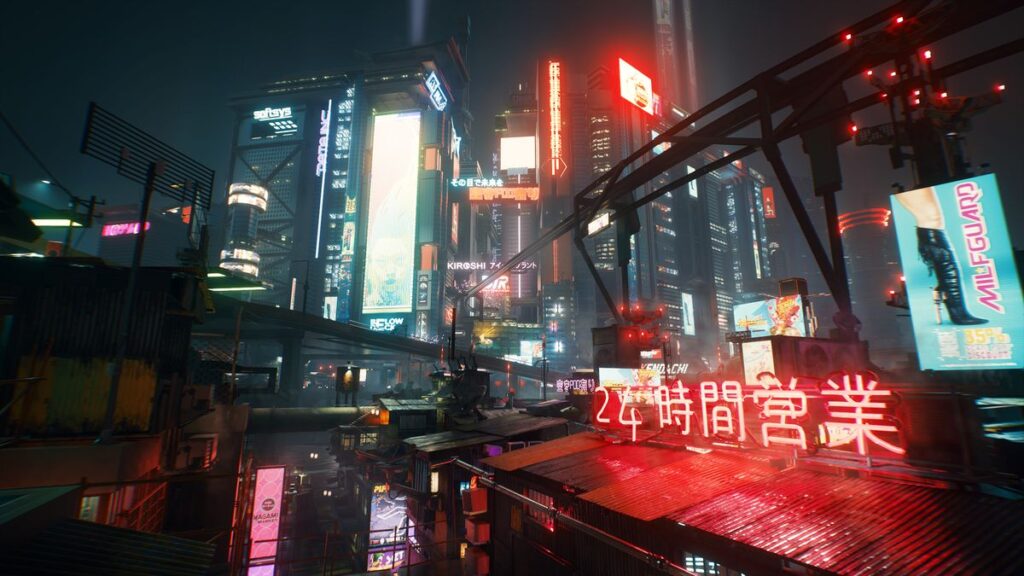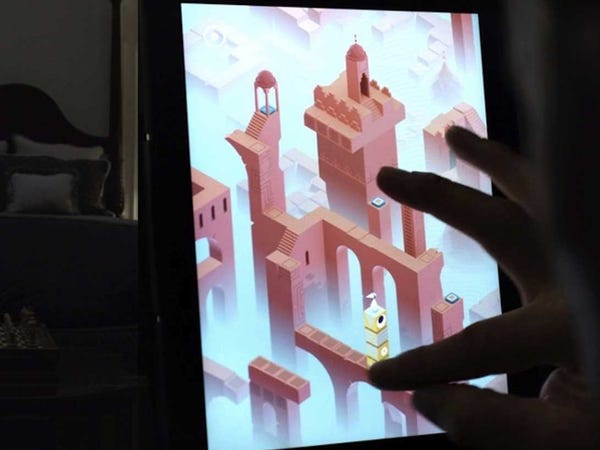I know, this is quite a blog post title. Video games, art, writing, and TV all in one blog post? Yeah, that is going to be a lot but the connection I have here is an incredibly specific one.
In the Netflix hit series House of Cards — which must be recognized in conjunction with the inappropriate behavior of its star Kevin Spacey — a well-known novelist, Thomas Yates, writes a review of a video game called Monument Valley. Spacey’s character, President Francis Underwood, happens upon the review and is taken with its power. Yates’ review reads:
“Whoever you are, whoever you think you are, believe also you’re a silent princess. Your name is Ida, your journey is one through a forgotten landscape of twisting staircases and morphing castles, atop floating stones defiantly crossing an angry sea, within dimly lit caverns cobwebbed with ruins, M.C. Escher could only grasp at in a dream state.”
The rest of the review, which only flashes across the screen at times, mentions the beauty in the games’ design and the power in it. The game itself, however, sees almost two minutes of screen time. Yes, that’s right. A video game, which I may add is in no way partnering with the show, being played is shown for two minutes in what is widely considered to be one of the most successful shows of the past decade. Why and how is this possible? The answer is in the beauty of design of the game — as well as Yates’ writing that serves as a metaphor for Underwood’s journey throughout the show — and how the game is something Underwood goes to in times of struggle to balance himself and calm himself.
For me, there are levels of art here. There’s the show, the writing of the review in the show, and then there’s the video game itself. When all partnered together, the results are fairly astounding.
Obviously, the game as a metaphor is a wild success and the scenes in which Underwood plays Monument Valley are seen as some of the most impactful of the season, as they offer a behind-closed-doors look into the President’s life. But also the artsy game’s time on air — partnered with the writing about it (art writing, if you will…) — led the game, which costs $3.99 in the App Store, to make it to the top of the chart less than 24 hours after House of Cards season 3 was released.

